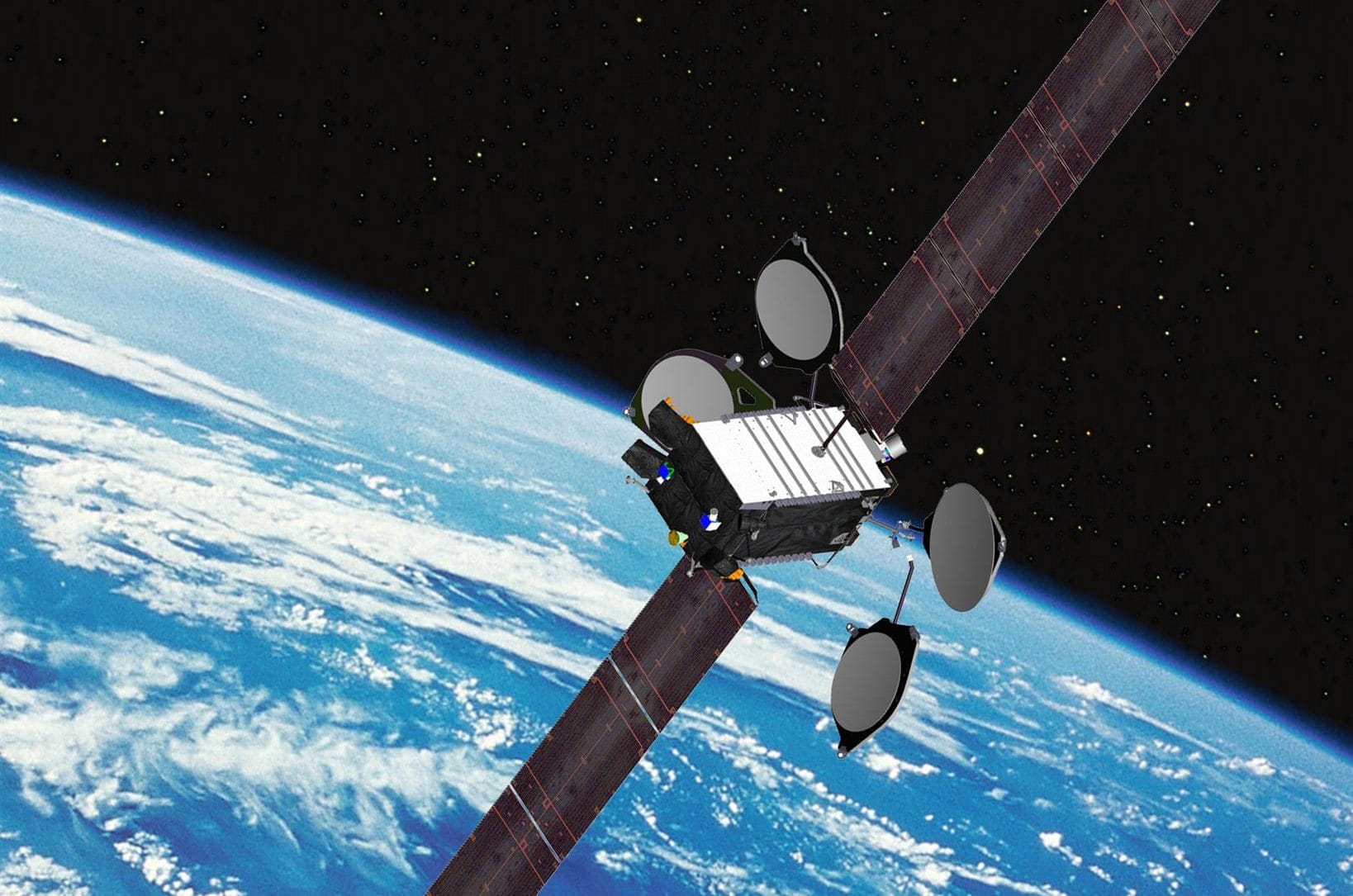Global Eagle Triples SES-15 Satellite Capacity
Share

APEX Insight: Lest there be any doubt about Southwest Airlines and its eventual push into Hawaii, this week’s announcement from satellite operator SES and in-flight entertainment and connectivity provider Global Eagle should put that to rest. The deal will triple the total capacity on SES-15 allocated to Global Eagle and its customers.
SES announced yesterday that Global Eagle has secured a major increase of Ku-band capacity on its new hybrid SES-15 HTS satellite. This will enable the delivery of high-speed broadband, and a wide range of in-flight communications and operational applications, on board commercial airline flights throughout the US, including US mainland to Hawaii routes.
SES-15 offers both wide beam and spot beam coverage over North America, Latin America and the Caribbean, as well as from the west coast of mainland US to the Hawaiian islands. The satellite’s coverage and beam footprint is tailored to the aviation sector, helping to meet the exploding demand for in-flight Internet service over North America. In February 2016, both Gogo and Panasonic Avionics announced major capacity deals on SES-15 and its South American partner SES-14 (set to launch this week). Gogo described its deal as a “landmark” for the aviation connectivity industry, while PAC was similarly bullish. Global Eagle’s deal with SES means all three major Ku-band in-flight connectivity providers have secured capacity on SES-15.
“With the addition of this significant bandwidth from SES-15, Global Eagle will have the largest satellite aviation network in North America.” – Joshua Marks, Global Eagle
While Global Eagle and Southwest will benefit from the SES-15 capacity across the entire coverage footprint, the airline’s pending Hawaii routes will likely be the biggest winners.
Within the Americas, Global Eagle’s primary customer is Southwest Airlines. Some 700 Southwest Boeing 737s are flying with Global Eagle’s Ku-band connectivity solution on board, making it the largest satellite-based connectivity provider in the region by fleet count. The company faces inroads from Panasonic Avionics, whose in-flight connectivity service is also now flying on some Southwest aircraft.
Global Eagle’s SES-15 capacity increase helps to bolster the its position in delivering connectivity. “Global Eagle is dedicated to meeting the fast-growing airline passenger demand for in-flight connectivity with robust, scalable satellite bandwidth anywhere in the world,” said Joshua Marks, Global Eagle’s executive vice-president of Connectivity. “With the addition of this significant bandwidth from SES-15, Global Eagle will have the largest satellite aviation network in North America.”
The blend of wide beam and spot beam coverage facilitates in-flight live television services. Southwest offers complimentary live TV to passengers on all its flights. Gogo is also expanding into the IPTV market while Panasonic Avionics believes its customers will be quick to adopt its TV products (it is also delivering that product to Southwest). By transmitting the TV content on the wide beam and user-specific content on the spot beams, the service providers can deliver an ideal blend of traffic at a lower overall cost.


